Peperomia Care: Guide to having a plant full of life.
The Peperomia
Peperomia are incredibly easy-to-maintain, low-maintenance plants ideal for beginners. Native to South American rainforests, peperomia grows in the cool understory of the rainforest. Slow-growing and compact, some peperomia varieties are often mistaken for succulents. They may look and behave like succulents, but they are not! Peperomias require slightly more water and humidity than the average succulent.
Bring your home to life with the charming Peperomia! Discover the natural elegance of this plant and how it can add a touch of freshness and style to any space. Explore our selection and find your perfect Peperomia to beautify your home. Click here to begin your journey to a greener, more welcoming home!
_________________________________________________
How to care for your Peperomia
Use these instructions to care for a Peperomia. This guide will tell you how to water a Peperomia, including its light, temperature, and humidity preferences, and any additional care it may need to help it grow.
It will be happiest in medium to bright light. Avoid direct sunlight. They can also tolerate lower light and can even adapt to fairly dim lighting.
Water thoroughly and allow the soil to dry considerably between waterings. This small houseplant can retain water in its stems and fleshy leaves during times of drought, and is therefore quite forgiving if you forget to water it from time to time.
You will enjoy a weekly spraying.
It prefers temperatures between 15°C-25°C during the day and should not drop below 10°C at night.
There is no need to fertilize your Peperomia, but if you want to do it occasionally, it would be best in the spring or summer if you want it to grow a little faster.
Non-toxic to pets and children.

_________________________________________________
Common problems for your Peperomia

It can be alarming to notice leaves suddenly dropping. If your plant looked great yesterday, but today it looks sad and lackluster, don't be alarmed! This is quite normal.
Very dry soil
If you accidentally let your peperomia's soil dry out completely, you may see the leaves wilt, droop, and possibly begin to brown. If the soil is extremely dry, it's a good idea to soak it intensively.
Here's how to soak peperomia:
- Place your plant in a sink or tub. Fill it about three-quarters full of water. Always make sure the water isn't too hot!
- Let your plant absorb water through the drainage hole at the bottom of the pot for at least 45 minutes.
- Make sure the water has reached halfway up the pot.
- If not all of the soil feels wet, lightly water the plant from the top of the pot to help speed saturation.
- When the plant's soil is evenly moist, drain it in the sink or tub and let it rest while it drains well. Once it's drained, place it back in its proper location.
There is not enough humidity
Your peperomia will appreciate slightly humid environments, which will help it thrive and improve its growth and appearance. Increase the humidity around the plant regularly by using a container of water and stones nearby, placing a humidifier, or misting it.

Your Peperomia's leaves could be turning yellow for several reasons, but don't worry! These could be some of the causes:
- Humidity
Adequate soil moisture is important when caring for a Peperomia. The number one cause of yellowing leaves in these plants is overwatering. Remember to water when the plant is considerably dry. Water until water flows freely from the pot's drainage holes. Be sure to discard any excess water that may pool, as this can lead to root rot and eventual death of the plant.
- Its watering consistency
Alternating between dry and wet soil from poorly timed watering can create stress and cause the Peperomia to wilt and potentially turn yellow.
- Pests
When peperomias are weakened or stressed, they become more susceptible to insect infestations. Sap-sucking insects like spider mites can drain the plant of moisture. This problem quickly manifests itself as yellowing of the foliage. Scale, mealy bugs, and spider mites are common in indoor conditions. If not killed promptly, these tiny pests proliferate and move throughout the plant. The insects will kill the plant, accelerating the yellowing, especially if your peperomia is already unhealthy due to poor lighting, a nutrient deficiency, or inadequate soil moisture.




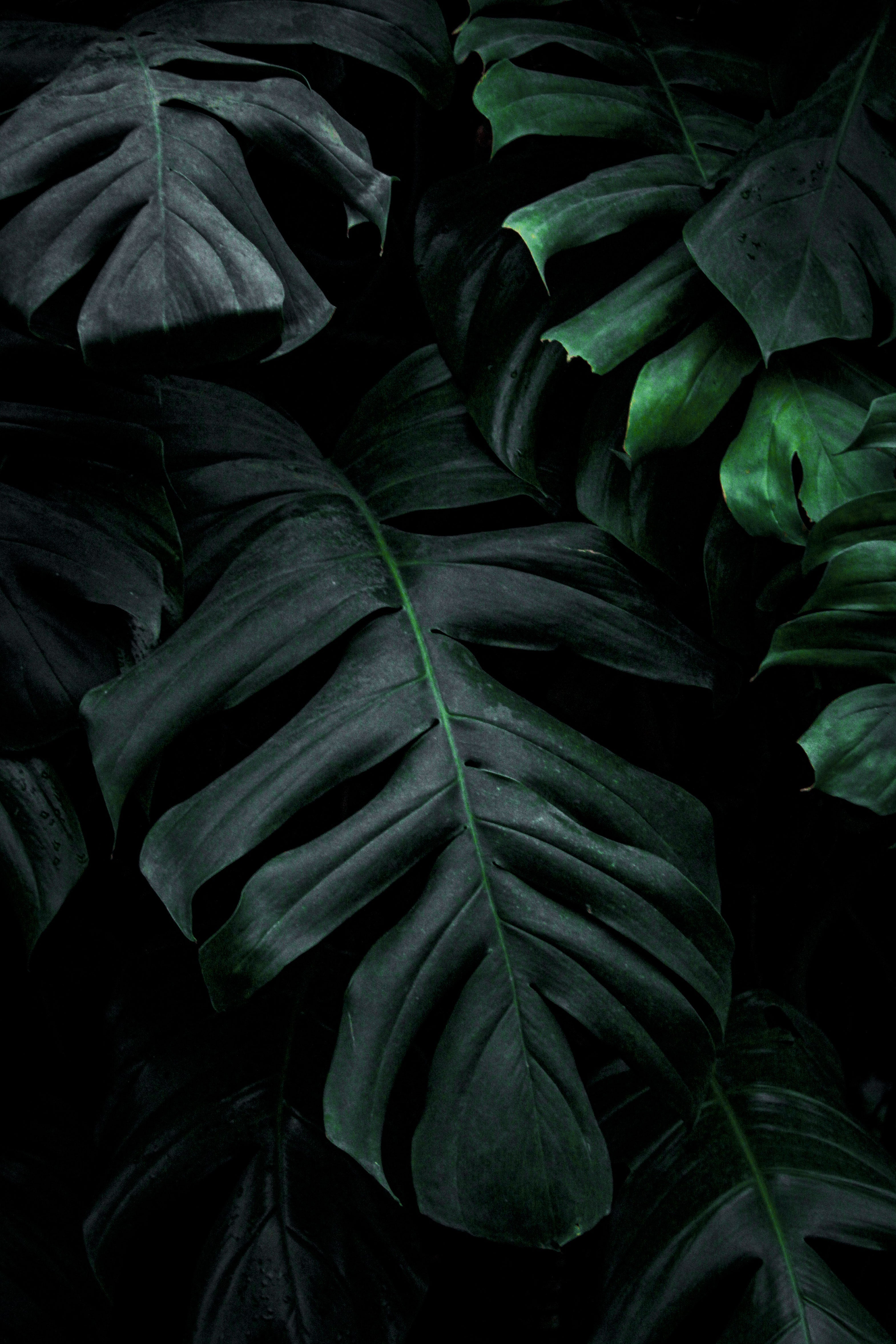
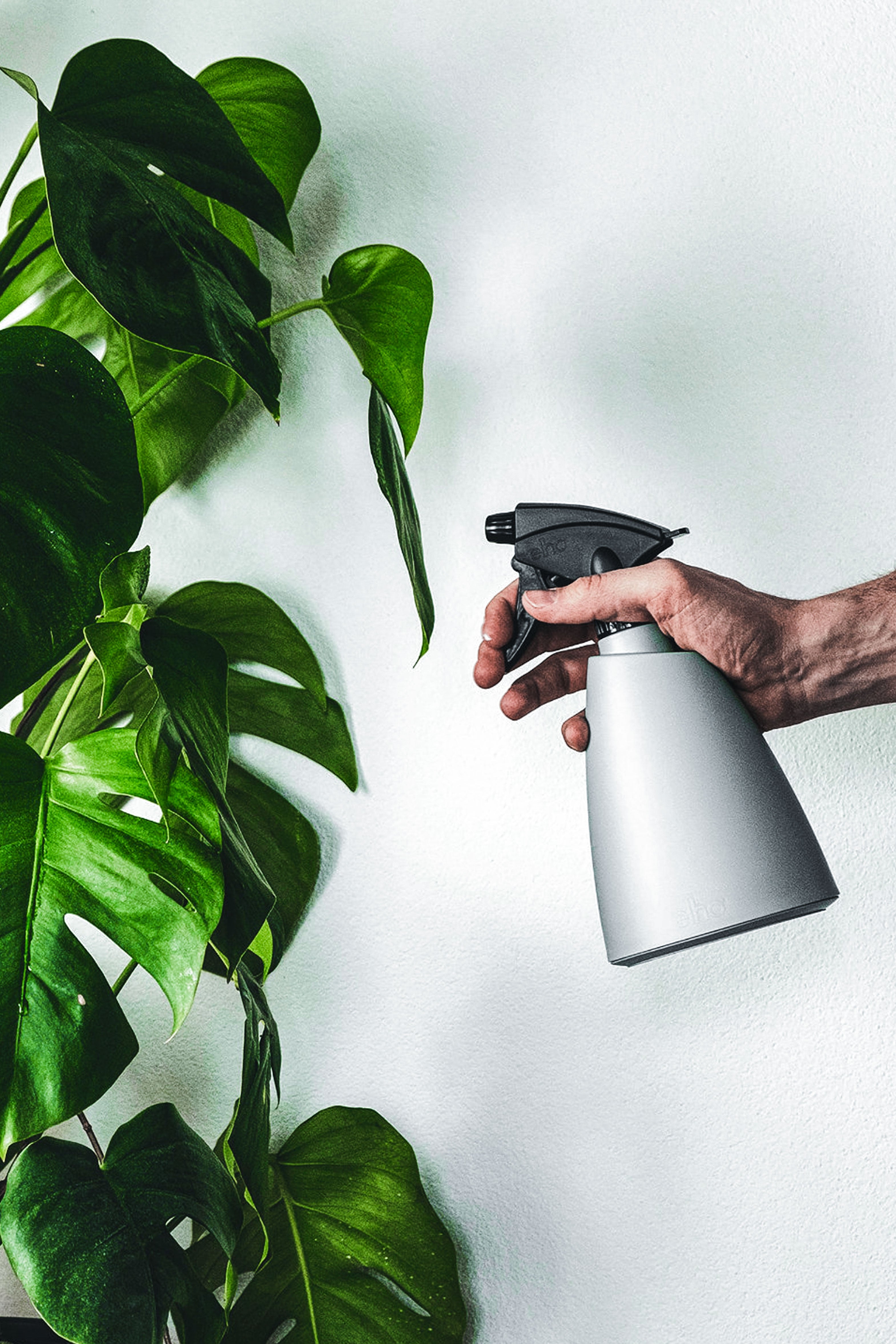
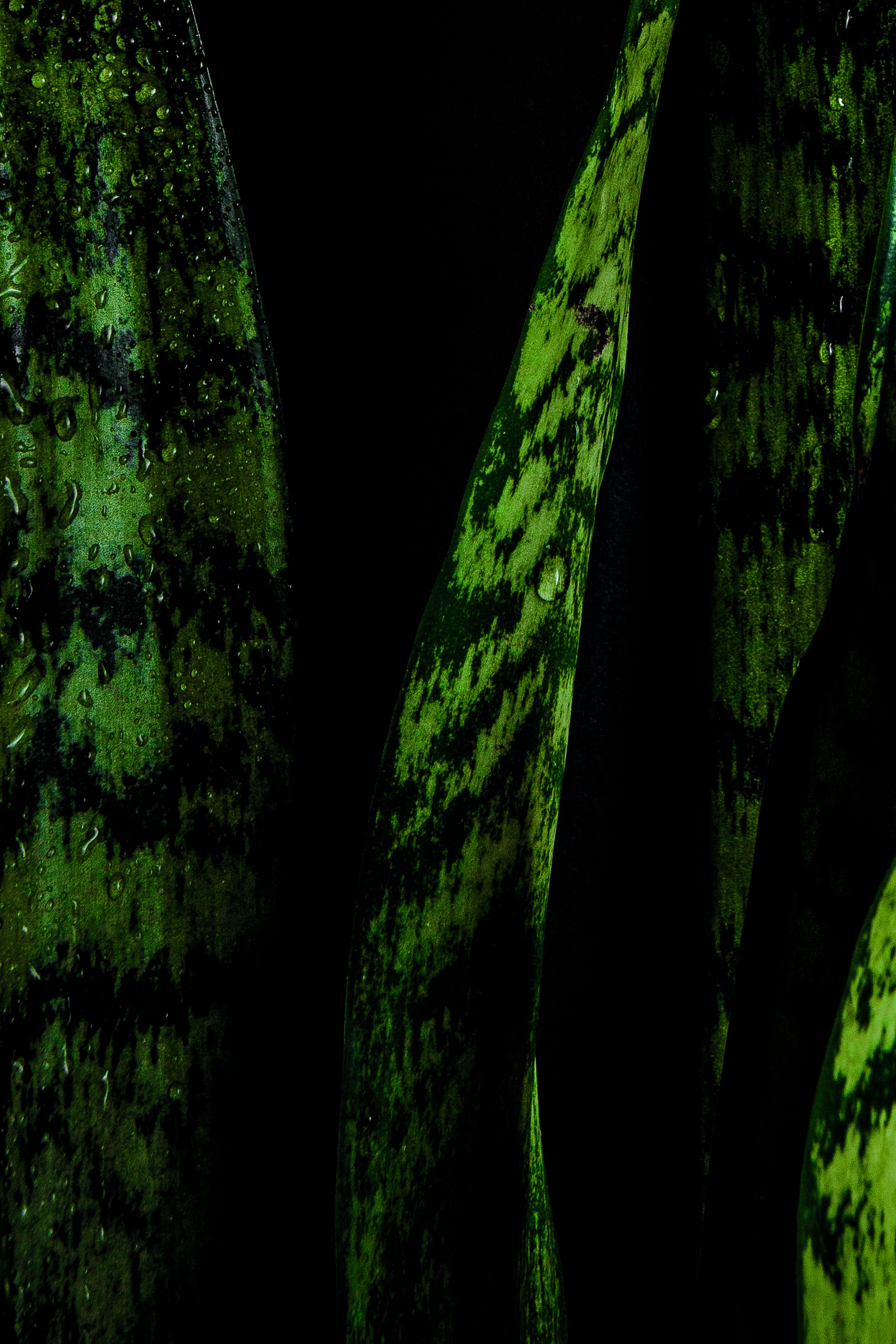
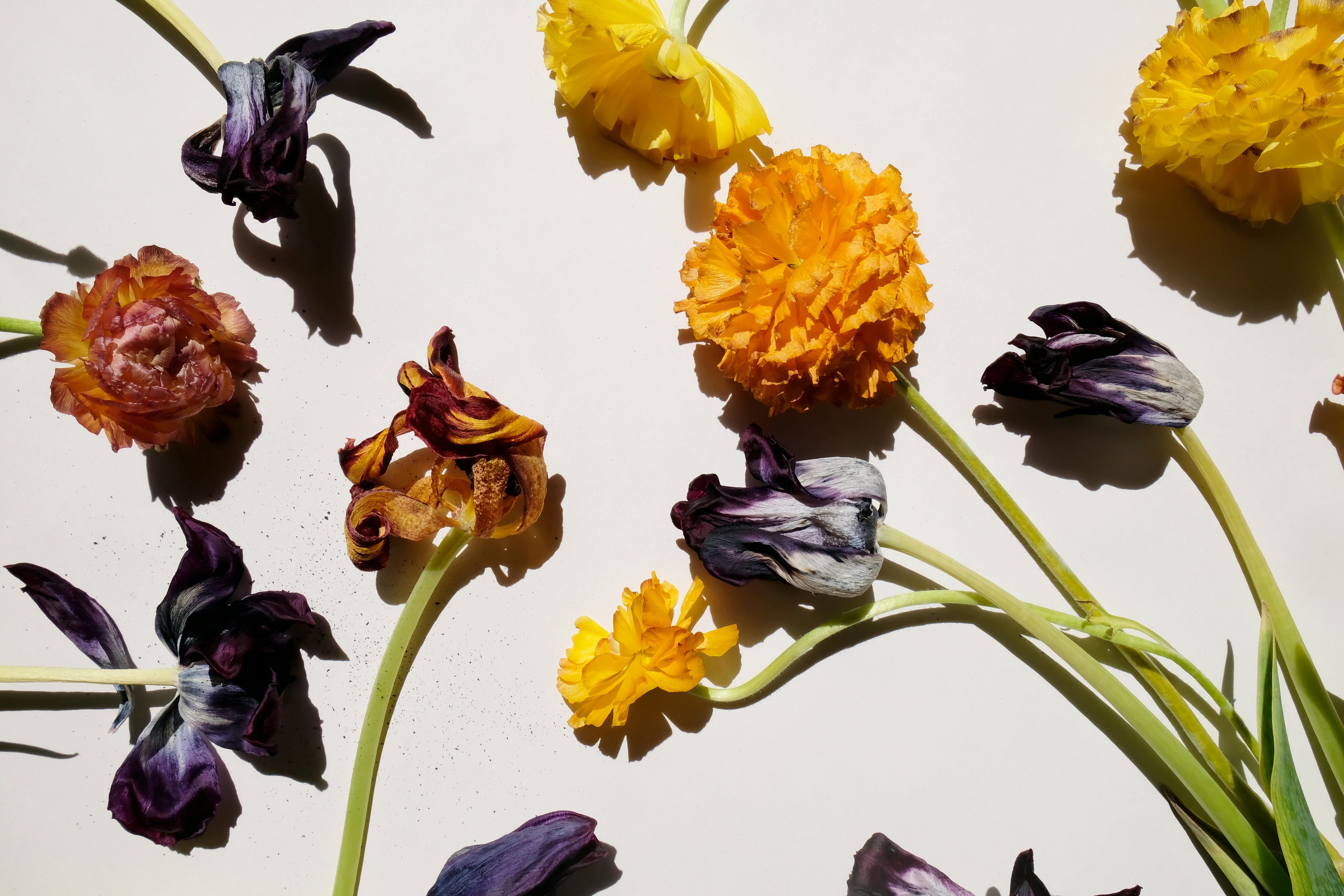
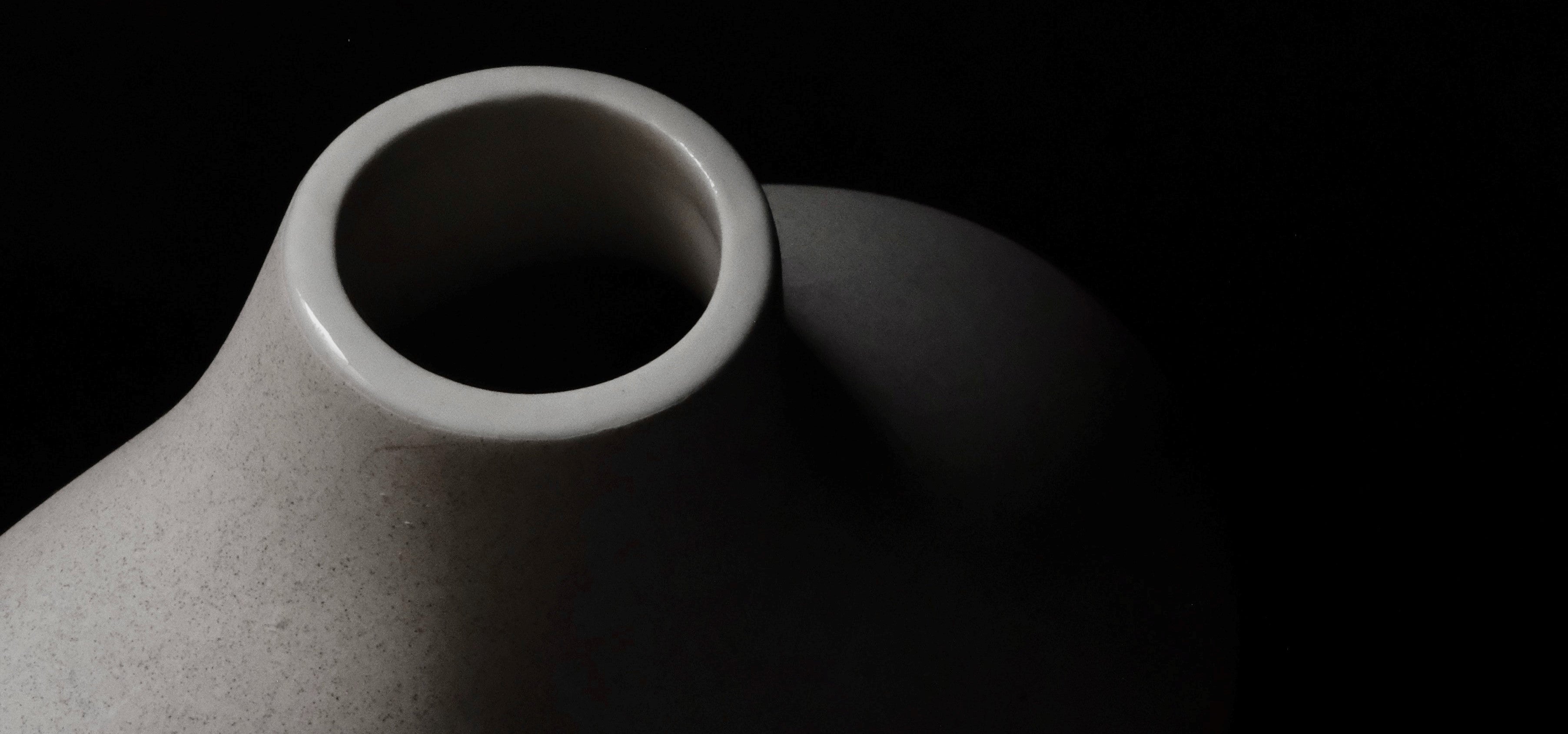
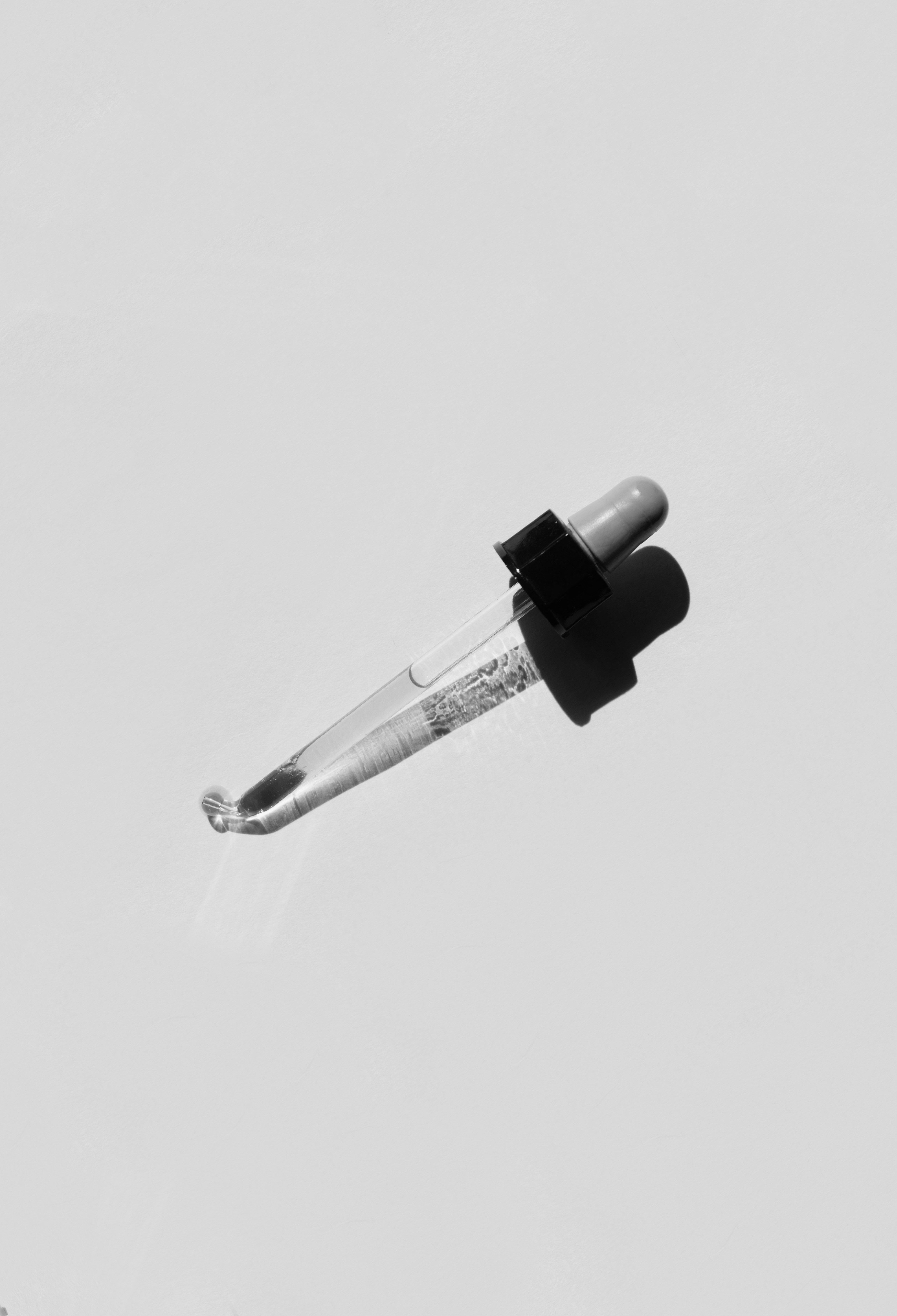
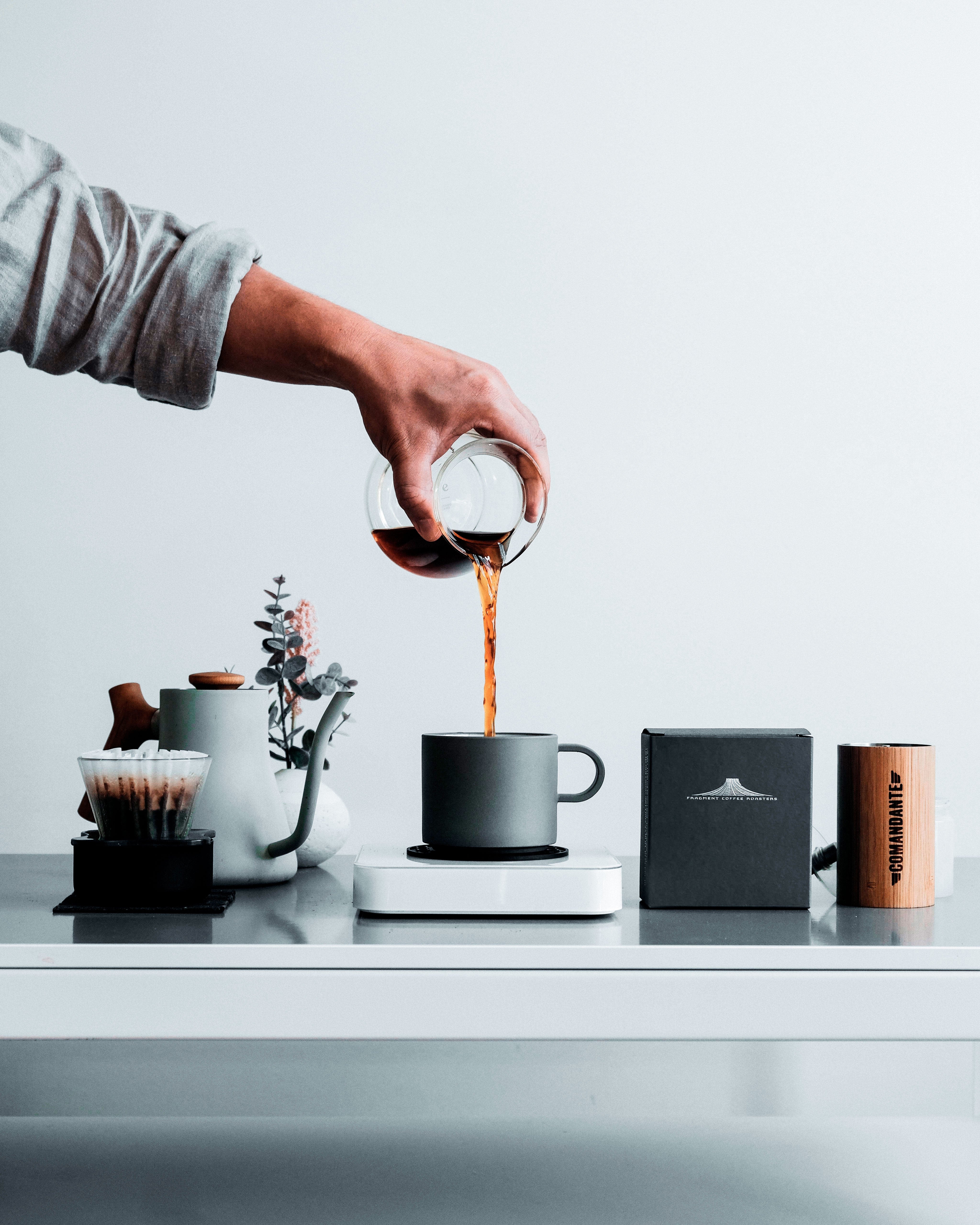
Mi mamá expuso al sol mi plata pepetomia y algunas hojas se quemaron están negras. que debo hacer?
Cuando cambiar de maceta que queda pequeña gracias
Hola buen dia
Cuando se dice pulvirizar
Es con el regador , pero solo aguita ?
Leave a comment